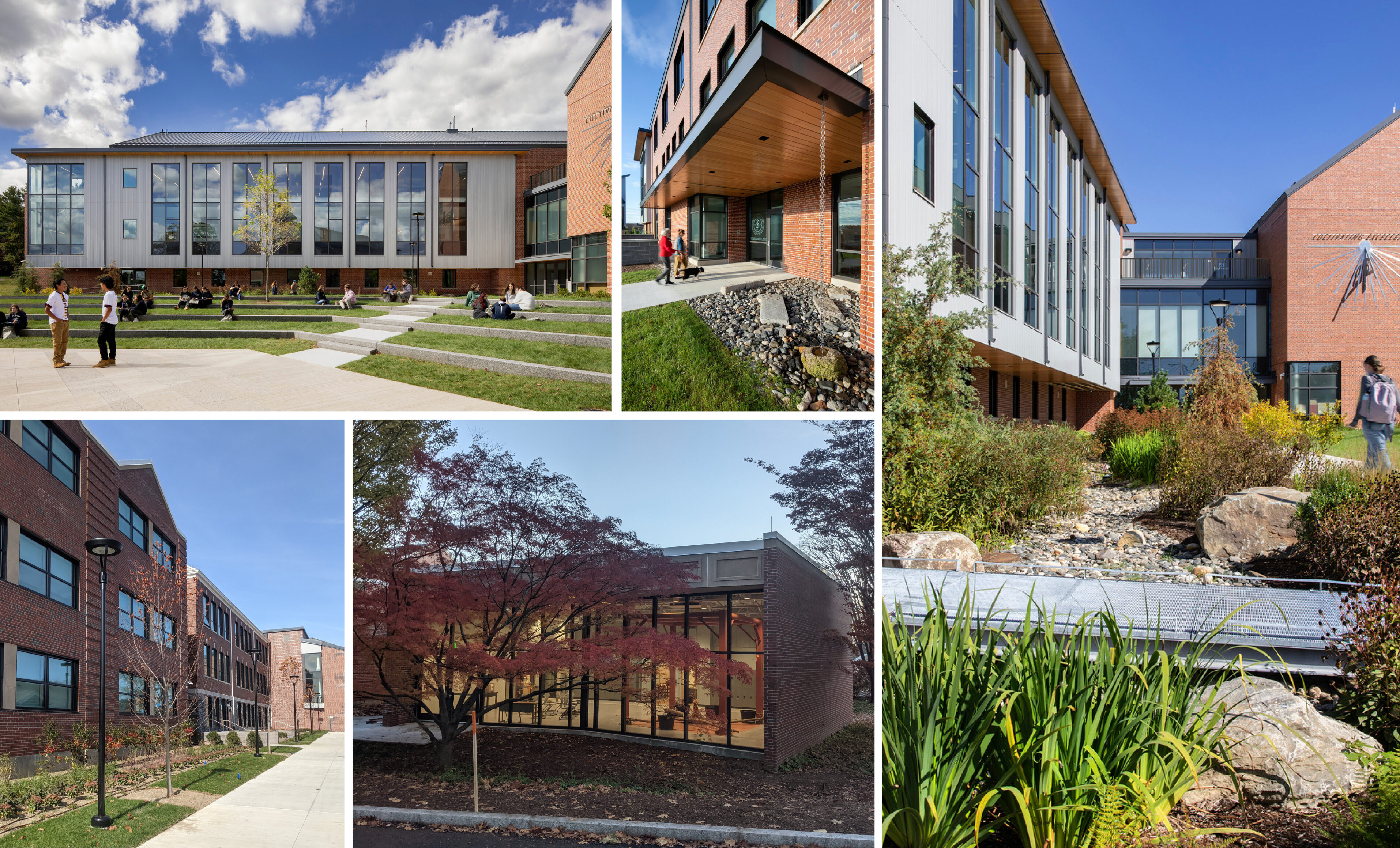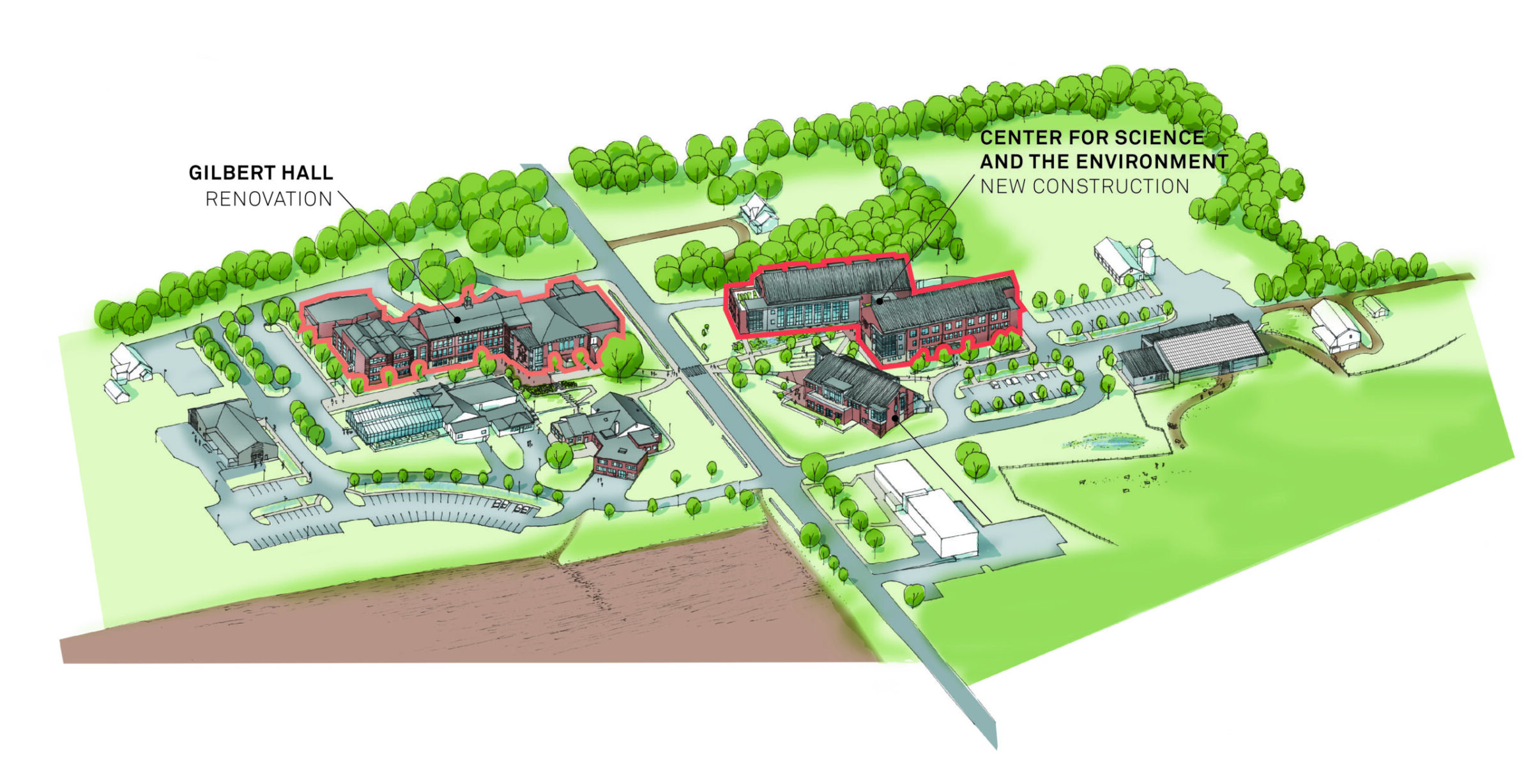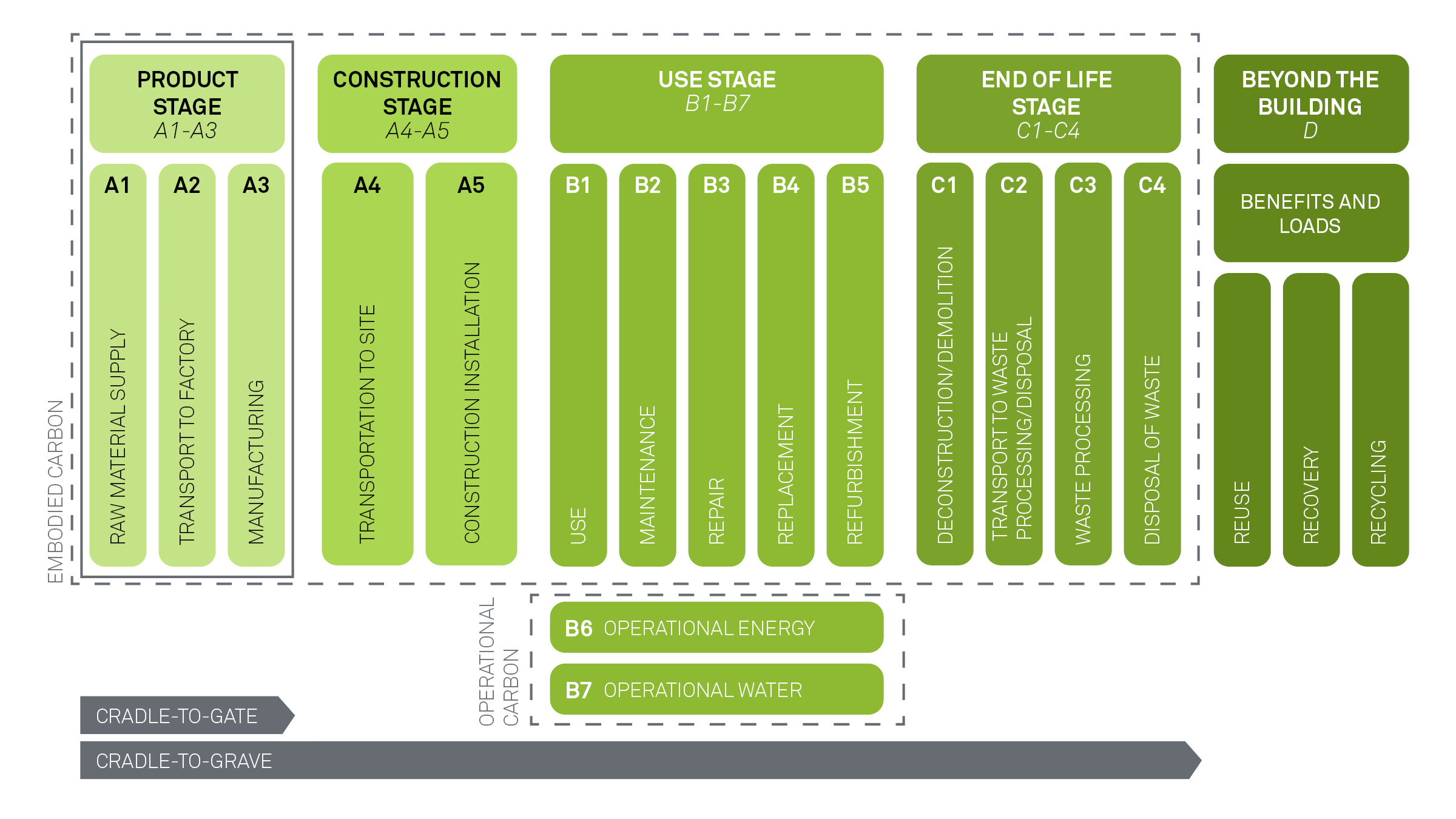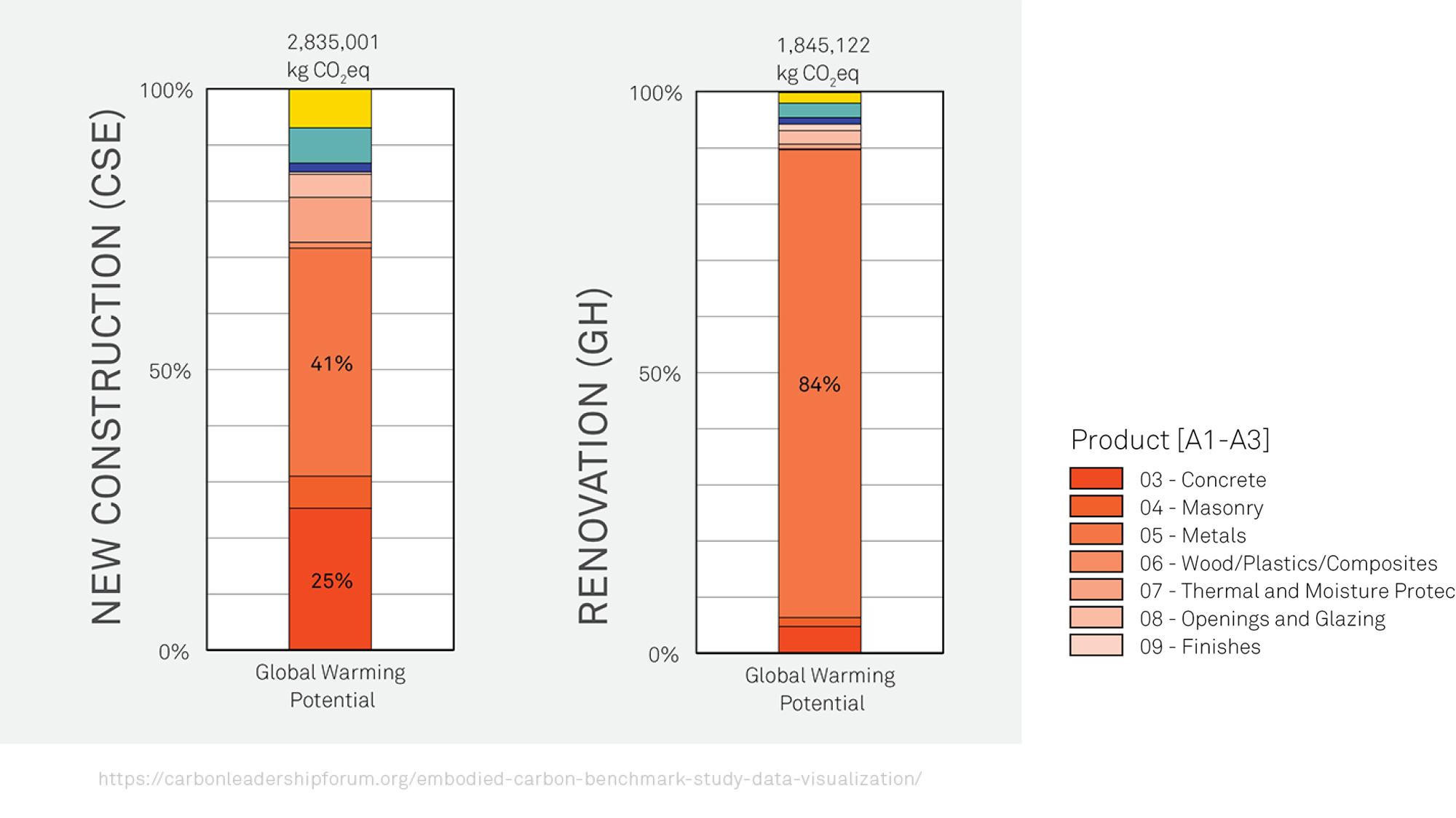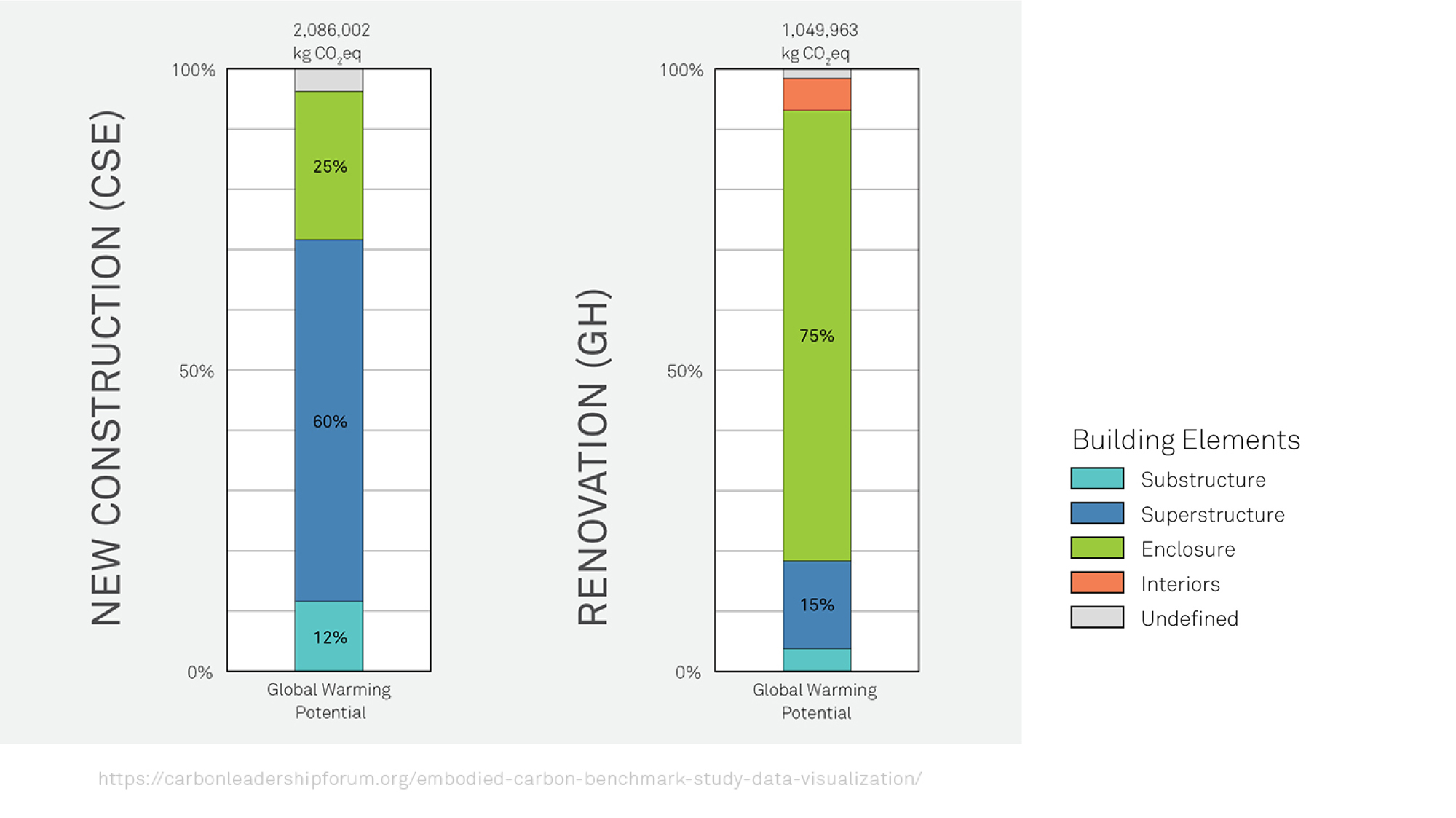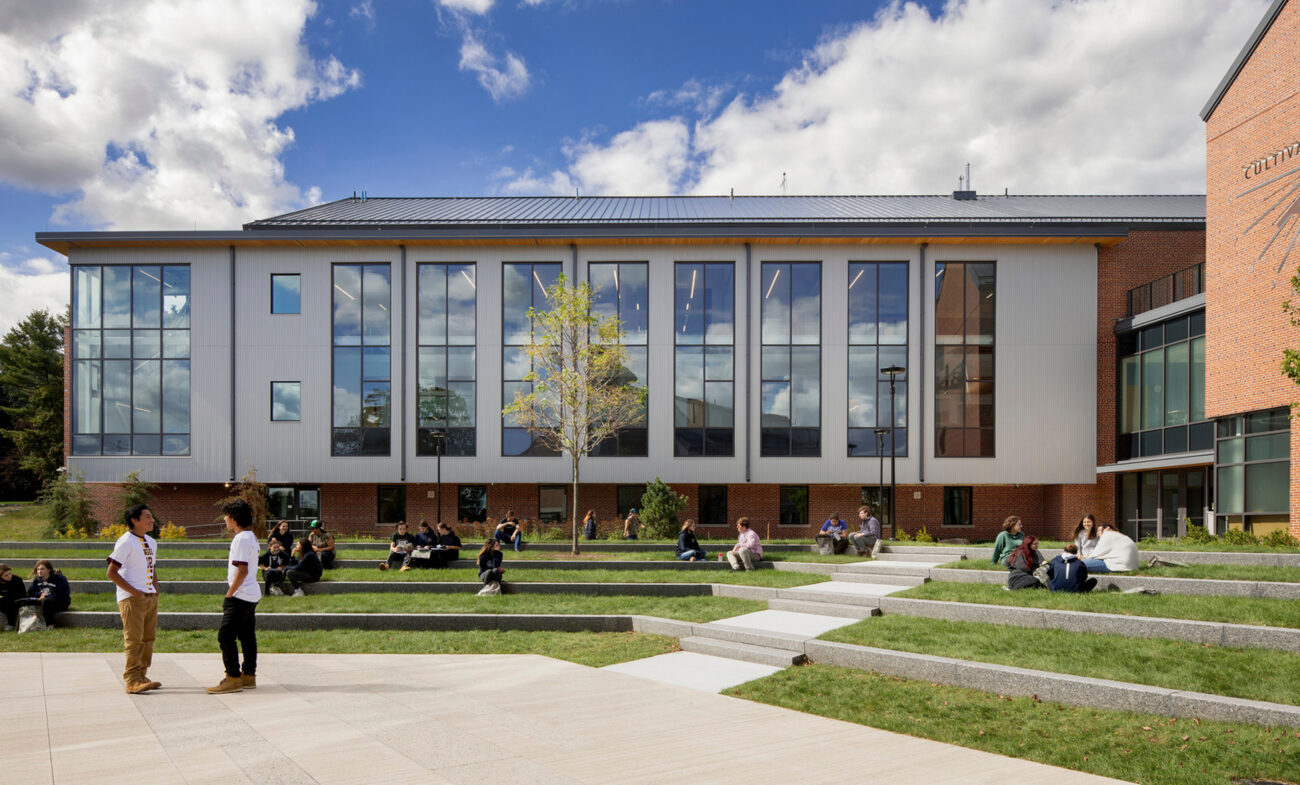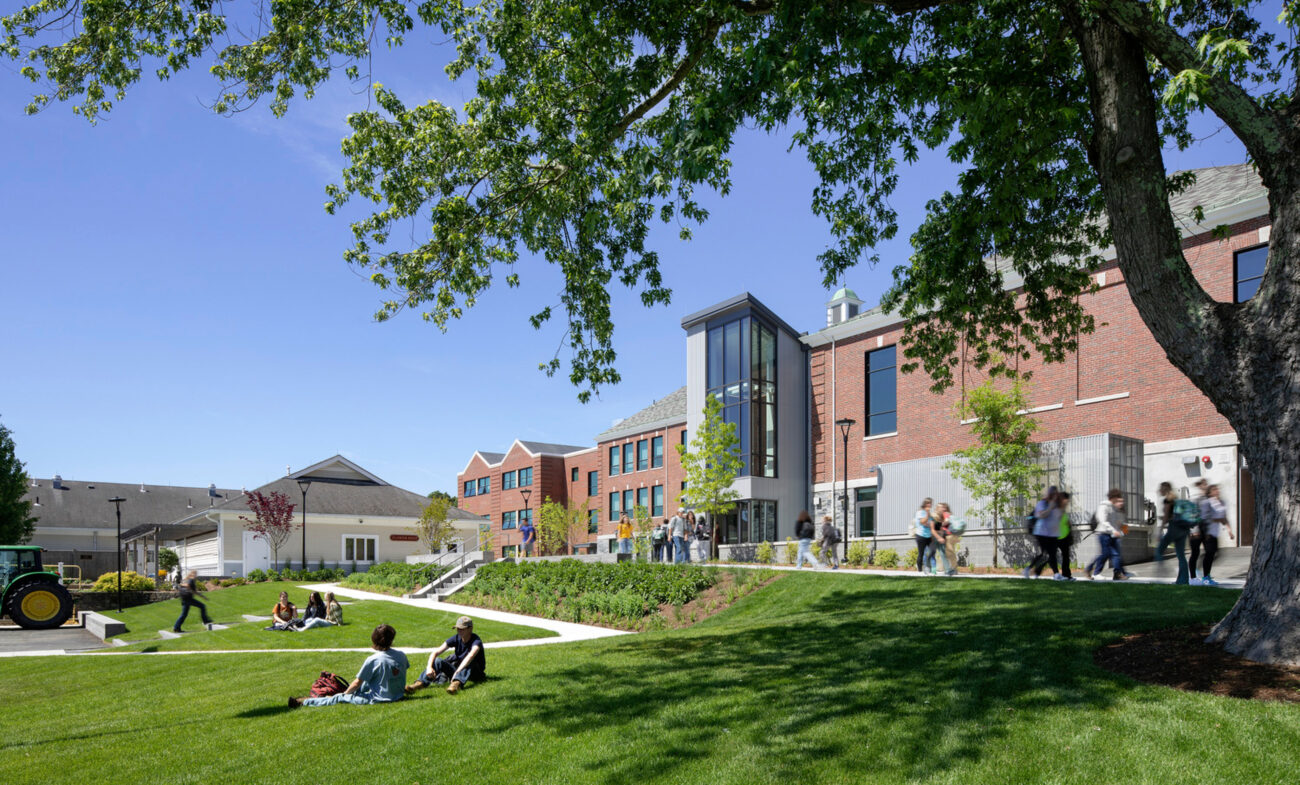Arlington High School Phase Two Opens

Phase Two of the Arlington High School project is newly opened and offers students expanded educational and extracurricular opportunities from a wide range of contemporary spaces for learning, gathering, and activity.

“It’s a really outstanding design, and watching the students get to enjoy it and hang out in the various spaces for the first time was really quite moving.”
Jim Feeney | Town Manager, Arlington, MA

Comprised of a new humanities wing, media center, and central spine of public spaces, Phase Two is a significant project milestone as the largest of four construction phases.
Central Spine
The new central spine is both an activity hub and a concourse through the school from the upper entrance at Mass Ave to the fields, parking, and bikeway at the lower entrance. Upon completion of Phase Three, the spine will connect the school’s four wings—STEAM, humanities, performing arts, and athletics—with shared public spaces, including the 600-student cafeteria, student center, life skills cafe, and prominent forum stair.
The spine brings students together in a variety of spaces, from small seating nooks overlooking the atrium to open areas for presentations or performances. Monumental lightwells add natural light and a sculptural quality, emphasizing the spine’s central role in the design.


Humanities Wing
The new humanities wing mirrors the layout of the STEAM wing (opened in Phase 1) with classrooms for English Language Arts, History, Social Studies, and World Languages, as well as two dedicated rooms for Family and Consumer Science. Modern, flexible furniture and teacher planning rooms between classrooms ensure learning spaces are adaptable to different uses and easily supervised.
A four-story lightwell at the heart of the humanities wing infuses the space with daylight and provides a collaborative workspace for students to study, socialize, and engage in hands-on project assignments.

Media Center
Directly above the central spine is the school’s two-story media center, envisioned as a hub for research and study. Here, students can engage in individual or group project work in a range of seating options, utilize technology resources, attend class in a closed-off conference room, or find a private nook for reading.
Lightwells penetrate the media center, creating countertop workspaces similar to those in the humanities and STEAM wings. The lightwells, along with skylights and expansive windows, ensure the media center is a bright, lively, and welcoming space for students and faculty alike.
























